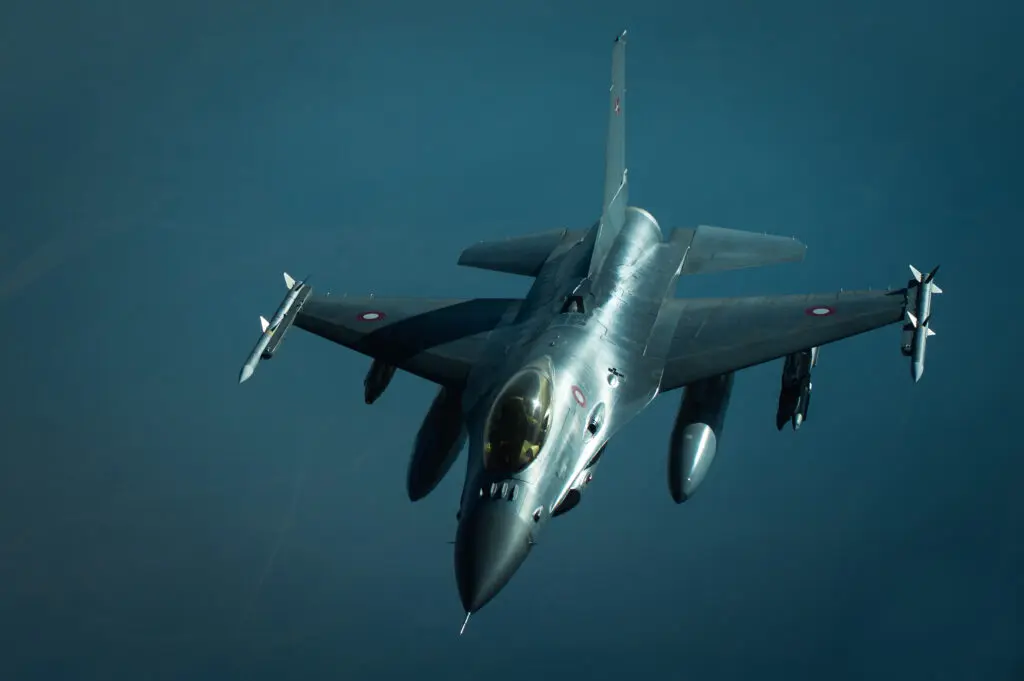The possible purchase of F-16 fighters for the Argentine Air Force generates expectations and anxieties in various sectors that have been echoing the developments to conclude a saga that has been in the making for almost ten years. Every new detail that emerges about the Danish fighter planes, mediated and authorized for the country by the United States, sparks both favorable and opposing opinions. However, alongside assumptions about their armament and the infrastructure works to be carried out in the air units that will receive them, some issues are not receiving the same degree of attention. More precisely, the matter related to the acquisition of in-flight refueling aircraft that can complement and strengthen the capabilities of the Fighting Falcon.

One doesn’t need profound knowledge to understand that, as of today, the Argentine Air Force concentrates its in-flight refueling capabilities on two KC-130H Hercules aircraft, which have been duly modernized by the Argentine Aircraft Factory Brigadier San Martín (FAdeA). However, as the reader will appreciate, if the purchase of the F-16s from the Royal Danish Air Force is finalized, the current tankers lack the appropriate refueling system to extend the operational range of these fighter planes and their presence in an operational area, as they are equipped with the commonly known probe-and-drogue system.
The F-16s, like the majority of aircraft currently in service with the United States Air Force and its allies, can be refueled by aircraft equipped with the boom system. Although this system is more costly and complex to use, it offers operational advantages such as transferring larger volumes of fuel, reducing the vulnerability of the aircraft involved in the maneuver by minimizing the time it takes.


Thus, without delving into further details of the current negotiations, where all sorts of mostly unfounded rumors are circulating, one matter is not receiving, in the humble understanding of the author of these lines, the necessary attention. As of today, there have been no significant updates on the possibility or progress in negotiations for the medium-term acquisition of refueling aircraft for the potential F-16s of the Argentine Air Force. More precisely, aircraft like the Boeing KC-135 from the former USAF, which would enable the Fighting Falcons to have the mentioned increase in operational range and presence in an operational area, for example, in air cover missions.
Currently, the Boeing KC-135 Stratotanker stands as the primary in-flight refueling asset used by the United States Air Force. At the regional level, the Chilean Air Force is the sole operator of this type of aircraft to support its fleet of F-16 Block 50 and MLU, formerly from the Netherlands. Looking ahead, the USAF has already projected its replacement with the introduction of the new Boeing KC-46A Pegasus, opening up possibilities for acquiring retired units with potential flight hours, as well as ensuring a broad availability of components and spare parts for its sustainment.

While the current negotiations between the Ministry of Defense and the Air Force focus on finalizing the purchase of the F-16s, the parallel negotiation for acquiring compatible refuelers is positioned as a medium-term priority. This is crucial if the Fighting Falcons are to become a fully-fledged weapons system with deterrent capabilities, encompassing a combination of armament, pilot training and education, ground support, and complementary aerial assets.
Another market option is the conversion of Airbus A330s to the MRTT (Multi Role Tanker Transport) standard, which can be configured with both mentioned refueling systems. An aircraft of this size would also allow the Argentine Air Force to incorporate a true strategic transport capability, similar to what the Brazilian Air Force (FAB) has achieved. However, given Argentina’s pressing economic and financial situation, this possibility is merely an expression of the writer’s desires with some utopian liberties.

Regardless of the choice made, the need for a new in-flight refueling platform for a new weapons system like the F-16 will undoubtedly be on the agenda for the leaders of the Argentine Air Force. They understand that this capability will expand the operational range of the aircraft to be incorporated and enhance their ability to reach farther, thereby increasing the deterrent capabilities of the Argentine military instrument. Hopefully, the little attention this matter is receiving is due to a deliberate decision to keep any progress on the matter under wraps, rather than the oversight of those conducting the negotiations.
*Photographs used for illustration purposes.
You may also like: For 14 days, the Colombian Navy participated in the Event Horizon Combined Exercise with naval forces from the Caribbean









